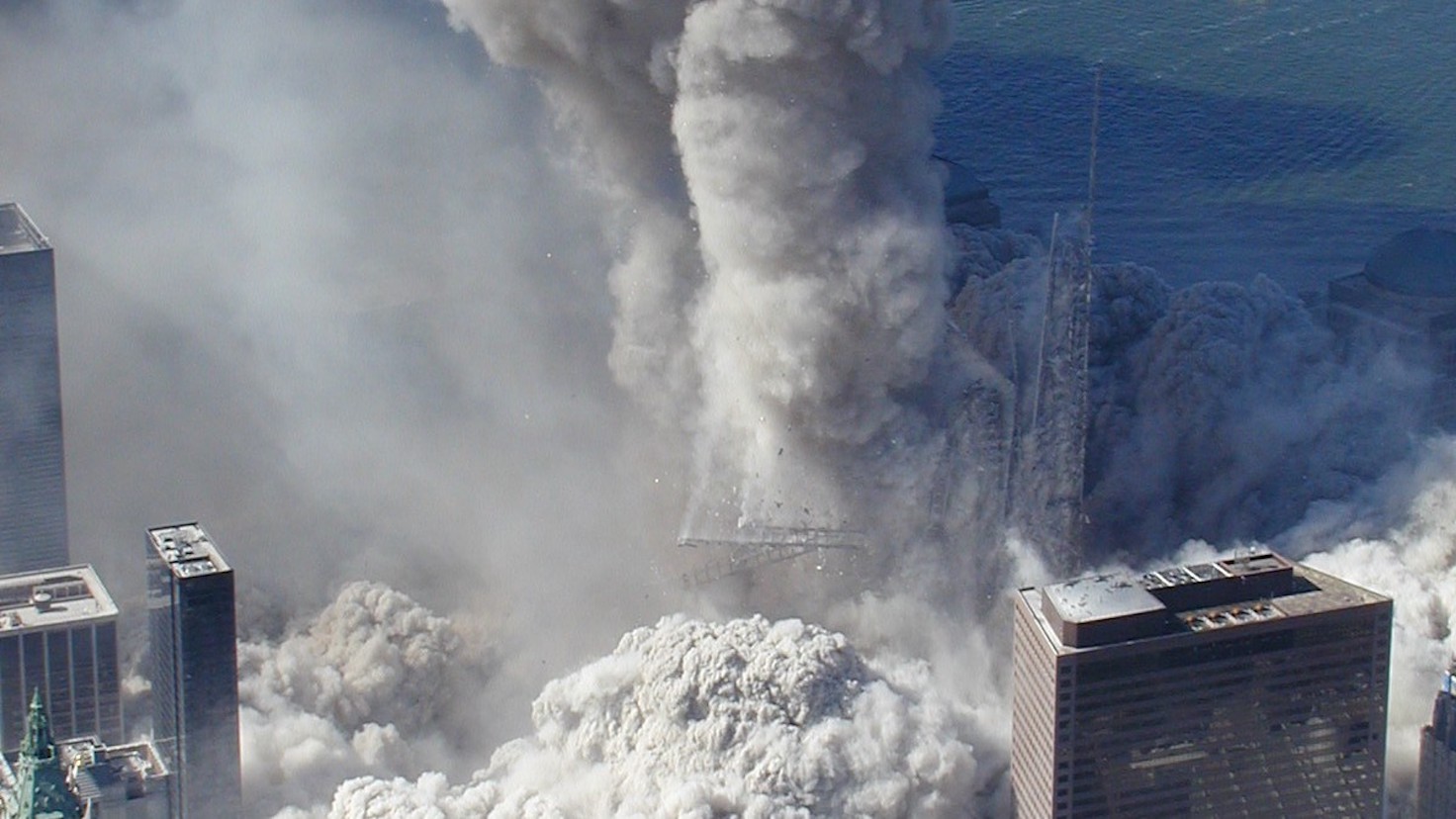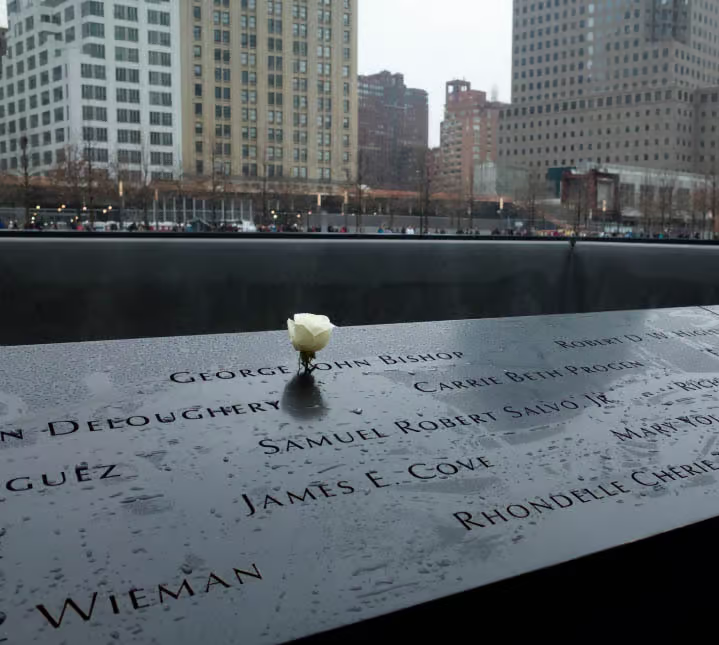The International Center for 9/11 Justice is pleased to announce that the Journal of 9/11 Studies has published a new and very significant paper on the destruction of the World Trade Center Twin Towers by civil engineer Jonathan Cole.
Cole’s “discussion paper,” as it is called, is a damning critique of a paper by Jia-Liang Le and Zdeněk Bažant published last year in the American Society of Civil Engineers Journal of Structural Engineering.
In their paper, Le and Bažant summarized the influential “crush-down crush-up” theory of the Twin Towers’ destruction, which Bažant developed in a series of papers published in the first ten years after 9/11.
For nearly two decades, Bažant’s “crush-down crush-up” theory has filled a void left by the National Institute of Standards and Technology (NIST), the government agency that Congress mandated in 2002 to investigate the destruction of the Twin Towers.
NIST’s resulting report, issued in 2005, inexplicably stopped short at “collapse initiation” and did not examine how the structure of the towers behaved after that point. Thus, to this day, the “crush-down crush-up” theory has effectively served as the foundation of the official explanation of the Twin Towers’ destruction.
The “crush-down crush-up” theory claims that the top section of each tower remained intact and crushed the entire lower portion of each building beneath it before reaching the ground and crushing itself up.
Cole’s newly published paper disproves the “crush-down crush-up” theory with remarkable simplicity, showing how it fails to account for and is incompatible with the portion of the core structure that remained standing after the first stage of each tower’s collapse.
Put simply, the fact that a portion of the core structure stood for several seconds after the rest of the building came down proves that the top section did not remain intact until reaching the ground and did not crush the structure beneath it along the way.
Cole originally submitted his discussion paper to the Journal of Structural Engineering last September, but the editors rejected it just two days later on the basis of alleged “insufficient technical content.” (We think it is necessary to point out a potential conflict of interest, which is that the Journal’s editors lead a research center that receives $4 million per year from NIST and works closely with the agency.)
We at the Journal of 9/11 Studies disagree with that assessment, as we made clear in an Editor’s Note for Cole’s paper. We believe his paper provides straightforward observations that fatally undermine Bažant’s deeply flawed theory.
Therefore, we are proactively urging the editors of the Journal of Structural Engineering to reverse their decision and publish Cole’s discussion paper in the journal where it rightly belongs. If they refuse to do so, we will invite Le and Bažant to write a closure (i.e., a response to Cole’s discussion paper) for publication in the Journal of 9/11 Studies.



